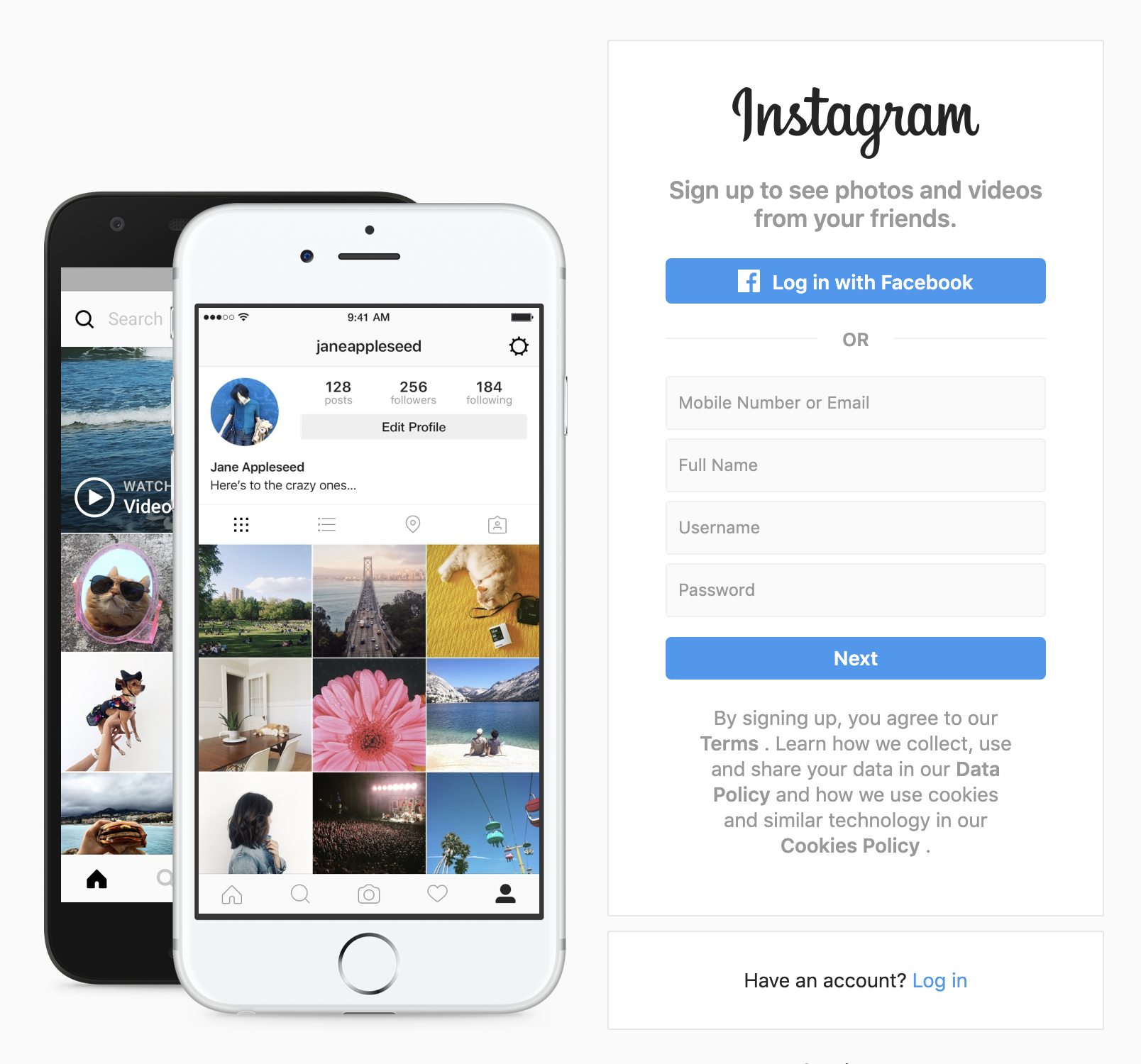The end of endings
I recently heard Chappell Ellison speak about content overload at Birmingham Design Festival and later went home to watch episode 2 of the latest Black Mirror series. While Black Mirror usually terrifies me with dystopian stories of undesirable futures, this episode alongside Chappell’s topic, highlighted the scary truths of today. We are addicted to content. We are faced with infinite scrolling. Nothing ends anymore.
Seamlessness
Designers are very much in the mindset of ‘seamlessness’ - creating products that deliver a seamless experience, make things easier to use, and keep you in the infinite scroll loop. With easy, convenient, engaging experiences, we are being sucked into a content vortex, destined to scroll endlessly til the end of our….attention span? Battery life?
As designers we think we’re helping the user, giving them the perfect experience to access our services, buy our products or consume our content. Think Amazon’s 1 Click or Netflix AutoPlay. Even Auto Login is a contributor - yes it’s super useful to me as a customer, it saves me time and gets me to my end goal quicker. But it perpetuates this addiction to content and information overload that we’re all facing. Imagine if you had to log into Instagram every time, I guarantee you’d use it a lot less frequently. And that might not be a bad thing.

Seamful design
I was introduced to the term ‘Seamful design’ - the idea that ‘seamlessness’ is not always desirable, whereby you consciously make people aware of what they are interacting with or how it works.
By slowing the user down (not enough to cause frustration) we could be giving them a more enriched experience, where they are more ‘in the moment’ and in control of their interactions. It’s about disrupting them, not interrupting them.
Last week I found myself scrolling endlessly for a new summer dress on ASOS. I literally scrolled thousands of products for fear of missing that perfect item. The UI designer has clearly created a seamless results page that allows me to quickly scan and scroll through many products. Imagine if I was 100 products in and ASOS inserted a section asking me “what it was I was looking for” or offered me up a quick filter selection to narrow my results or a selection of ‘we think you might like’ items. This would pull me out of my autopilot scrolling self and encourage me to re-engage and carefully consider what I was looking for.
A tiny moment of friction like this would enable me to take back control of my shopping experience and engage further with ASOS on a new level. Or perhaps the disruption might make me realise I don’t need a new dress after all. ASOS lose out on my sale but they win my loyalty for helping me to come to that decision.
Seamless vs Seamful
So, ‘seamlessness’ may be good for a product or service but not so good for our human selves. As a designer, It’s an immense conflict of interest to me. While I’ll always strive to design experiences to help customers achieve their goals, I will certainly be more mindful of how my designs could affect them and how I could be encouraging them to engage further with a brand.
This article is ending now. You can stop scrolling.